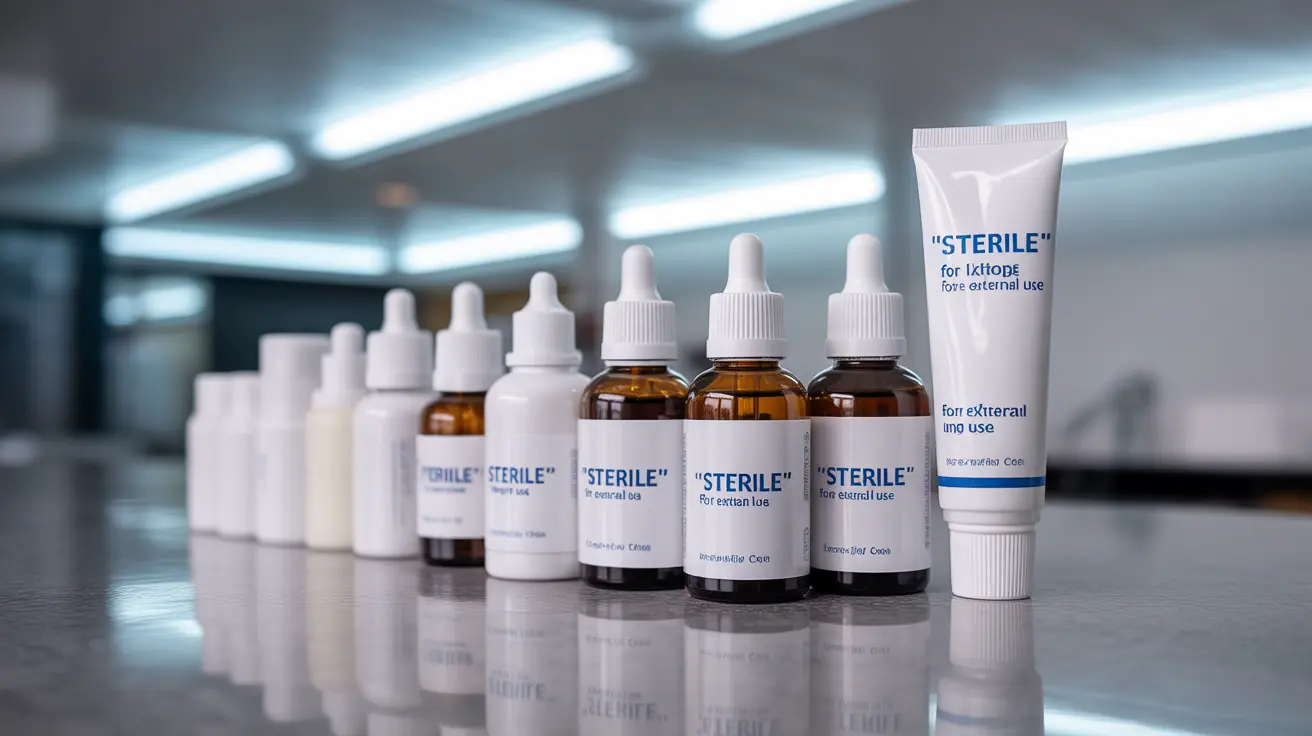Dealing with dry eyes can be uncomfortable and frustrating, but choosing the right eye drops can provide significant relief. With numerous options available on the market, understanding which eye drops best suit your needs is crucial for effective symptom management.
This comprehensive guide will help you navigate the various types of eye drops available, compare their benefits, and learn when to use specific formulations for optimal relief from dry eye symptoms.
Types of Eye Drops for Dry Eyes
Understanding the different categories of eye drops can help you make an informed decision about which product might work best for your situation.
Artificial Tears
Artificial tears are the most common and versatile option for managing dry eyes. These drops come in various formulations, ranging from very thin to thicker solutions. Some contain electrolytes and special lubricants that help protect and nourish the eye's surface.
Preservative vs. Preservative-Free Formulations
Eye drops are available in both preserved and preservative-free versions. Preserved drops contain additives that prevent bacterial growth but may irritate sensitive eyes. Preservative-free options come in single-use vials and are ideal for frequent users or those with sensitive eyes.
Gel Drops and Ointments
These thicker formulations provide longer-lasting relief but may temporarily blur vision. They're particularly effective for nighttime use or severe dry eye symptoms that don't respond well to regular artificial tears.
Choosing the Right Eye Drops
Consider Your Symptoms
The severity of your dry eye symptoms should guide your choice:
- Mild symptoms: Regular artificial tears
- Moderate symptoms: Preservative-free drops or gel drops
- Severe symptoms: Gel drops or ointments, especially for nighttime use
Frequency of Use
If you need to use eye drops more than four times per day, preservative-free options are generally recommended to prevent irritation from preservatives. This is particularly important for long-term use.
Lifestyle Factors and Natural Solutions
While eye drops provide immediate relief, addressing lifestyle factors can help improve dry eye symptoms:
- Maintain proper hydration
- Use a humidifier in dry environments
- Take regular breaks from screen time
- Protect eyes from wind and dry air
- Consider omega-3 supplements after consulting with a healthcare provider
When to Seek Professional Help
If over-the-counter eye drops don't provide adequate relief after two weeks of regular use, or if you experience worsening symptoms, consult an eye care professional. They can evaluate your condition and recommend prescription-strength options if necessary.
Frequently Asked Questions
What are the best eye drops for relieving mild to moderate dry eyes?
For mild to moderate dry eyes, preservative-free artificial tears are often the best choice. Look for drops containing ingredients like carboxymethylcellulose or hyaluronic acid for effective relief.How do preservative-free eye drops compare to preserved ones for dry eye relief?
Preservative-free drops are generally gentler on the eyes and better suited for frequent use. While preserved drops are more convenient and cost-effective, they may cause irritation in sensitive individuals or with frequent use.When should I use gel drops or ointments instead of regular artificial tears for dry eyes?
Use gel drops or ointments when regular artificial tears don't provide lasting relief, or for overnight protection. These thicker formulations are especially helpful for severe dry eye symptoms or nighttime use.Can lifestyle changes and diet improvements help reduce dry eye symptoms?
Yes, lifestyle modifications can significantly impact dry eye symptoms. Staying hydrated, using a humidifier, taking regular screen breaks, and consuming omega-3 rich foods can help improve dry eye conditions.How often is it safe to use over-the-counter eye drops for dry eyes before seeing a doctor?
If you need to use over-the-counter eye drops more than 4-6 times daily for two weeks without improvement, consult an eye care professional. Frequent use without improvement may indicate a need for different treatment approaches.




